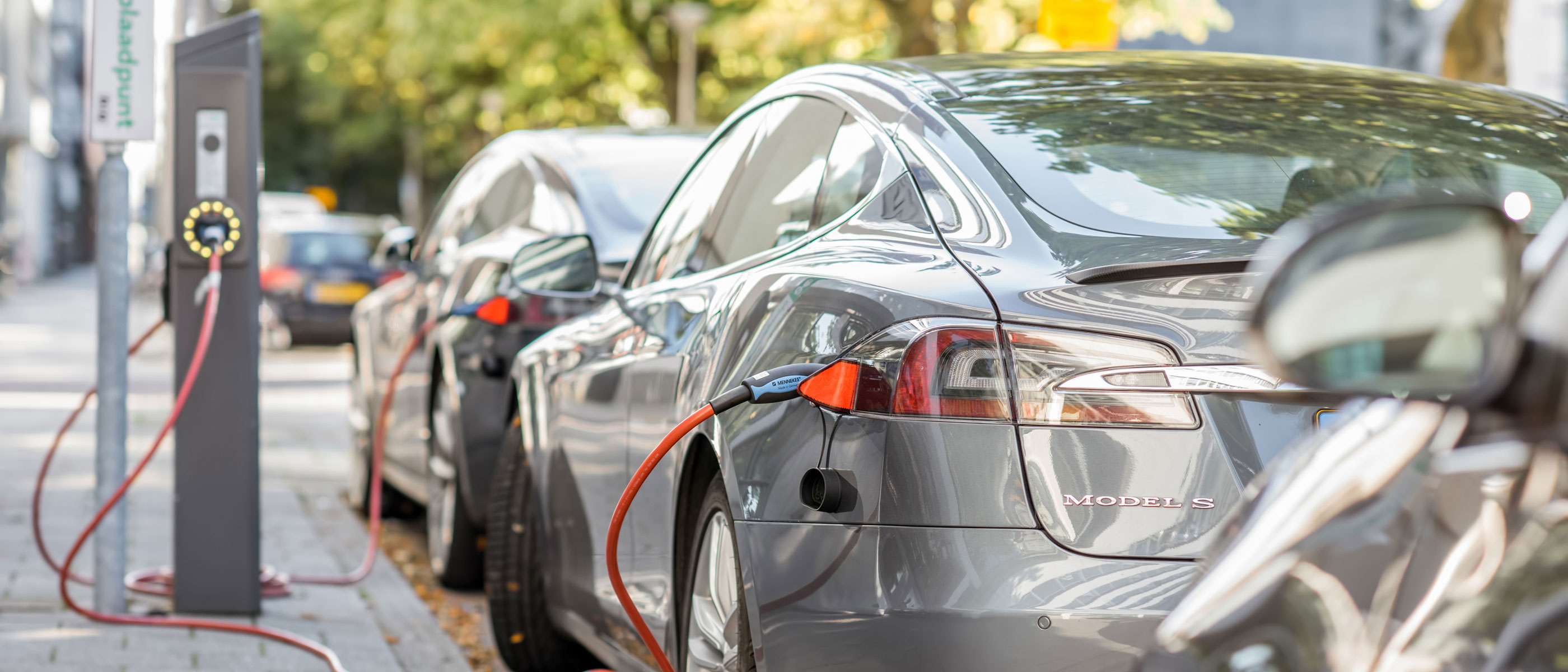
Buildings and vehicles account for the vast majority of greenhouse gas emissions in our region. Centralized electric-power generation is on a clear path toward cleaner and renewable fuels, but our homes and vehicles are stuck in the fossil fuel era. Nearly all vehicles burn gasoline, and nearly all homes and businesses are heated with either natural gas or heating oil.
Energy standards for new buildings are high, but many buildings in our region are old—70 percent of all homes, for example, are more than 50 years old. Unless the buildings have been retrofitted, they are energy inefficient, and many burn heating oil, a more polluting source of heat than natural gas. The widespread adoption of electric furnaces and electric heat pumps has been hampered by high upfront costs and uncertain payoff periods.
Consumers have been slow to transition to electric cars because of higher upfront costs, different maintenance needs, and “range anxiety”—the concern drivers have about running out of power before reaching their destination. The upfront costs and logistics of building a comprehensive network of charging stations represents an additional hurdle. Sales are increasing, but the vehicles remain just a very small fraction of cars driven in the region.
Electrify the largest emitters of greenhouse gases: buildings and vehicles
Major policy shifts and investments are needed to reduce our region’s greenhouse gas emissions from buildings and vehicles. In our region’s cities, where residents drive less and live in older buildings, the focus should be on retrofitting and electrifying buildings, as the grid becomes cleaner and modernized. In the suburbs, where transportation represents a larger share of GHG emissions, the focus should be on promoting the wider adoption of electric vehicles.
To accelerate the pace and extent of electrification, state and city energy offices and regional transmission organizations should establish performance targets and track progress against them. States will also need to support the expansion of the electric systems needed to meet the energy needs of a more electrified future.
Cap greenhouse gas emissions on large, urban buildings
Sixty-seven percent of greenhouse gas emissions in New York City come from buildings, and about one-third of those building emissions are from burning fossil fuels for heat and hot water. Conserving energy by requiring more energy efficient building systems is important, but dramatic reductions in carbon emissions in the city will be possible only if we take steps to electrify buildings.
Transitioning heat and hot water systems to be powered by electricity instead of fossil fuels will evolve over a decade or more, as building systems age and need replacement. The public sector can help accelerate that transition.
The region’s cities should measure the energy use and GHG emissions of every large building, and make the data publicly available, as New York City does already. A combination of tax credits, tax rebates, low-interest loans, and voluntary building-by-building targets for energy consumption and GHG emissions would encourage property owners to invest in retrofits. Ultimately, cities should be prepared to set and enforce hard caps on emissions.
Promote electric vehicles
Outside the region’s cities, where residents typically drive to get around, and where homes are owned by individuals, not institutional entities, the key to GHG reductions lies in converting vehicles to cleaner fuels. Electric vehicles currently offer the greatest opportunity for that transition. Rapid innovations in batteries are making electric vehicles increasingly competitive, and sales are rising.
To address the higher purchase costs of electric vehicles, New York, New Jersey, and Connecticut should expand existing incentive programs, including purchase or lease rebates, exemption from sales and use taxes, access to carpool lanes, preferential parking, and lower rates on toll roads. States should provide incentives for the transportation industry, especially goods movement, to transition to electric vehicles as the technologies evolve. Public sector agencies with car fleets should convert them to EVs and invest in vehicle-charging infrastructure.
To make the use of electric vehicles more geographically flexible, public utilities commissions should partner with states, municipalities, utilities, and EV and charging infrastructure companies to plan for an extensive, cohesive, and competitive network of charging stations across the region. Planning should anticipate the emergence of fast-charging technology, and consider land-use opportunities and conflicts.
Outcomes
Electrifying vehicles and the heating systems of buildings as the grid becomes cleaner would lead to significant declines in greenhouse gas emissions, which would help to limit the consequences of climate change. It would also lead to greater demand for electricity from the grid and the need for additional energy supplies. Some of this could be offset through energy efficiency improvements. Energy planning should take this fuel switch into account, as investments into power supply are made. A more robust electric-vehicle charging network could help energy operators manage the load of the grid, as renewable energy could be stored in EV batteries.
Paying for it
Switching from combustion fuels to electricity would require significant investments in equipment and infrastructure. Mandated changes—such as building upgrades—would require upfront investments by building owners, which could see paybacks over time in lower energy bills. But it’s possible that costs could be passed on to tenants. Governments can help to offset these costs through low-interest loans, as New York City has proposed with its announced efficiency mandates. Government would also need to dedicate funding to pay for incentive programs for electric vehicles, while—along with private companies—investing in the infrastructure to support the vehicles. Funds from an expanded greenhouse gas emissions market would help pay for some of these investments.